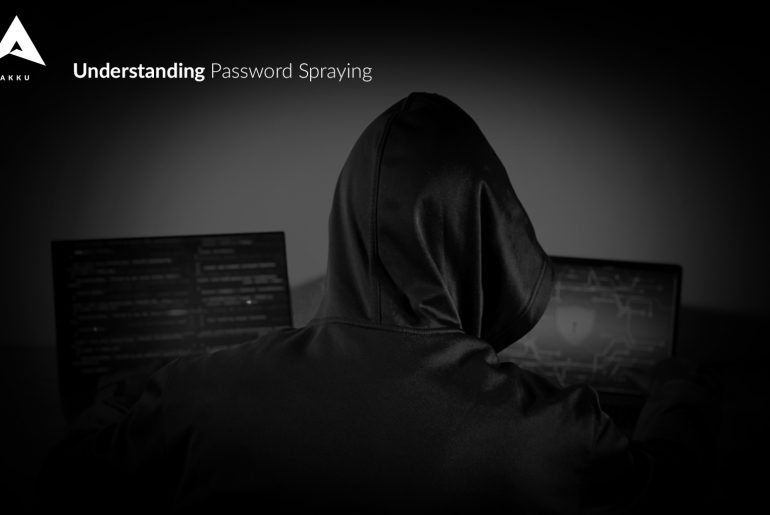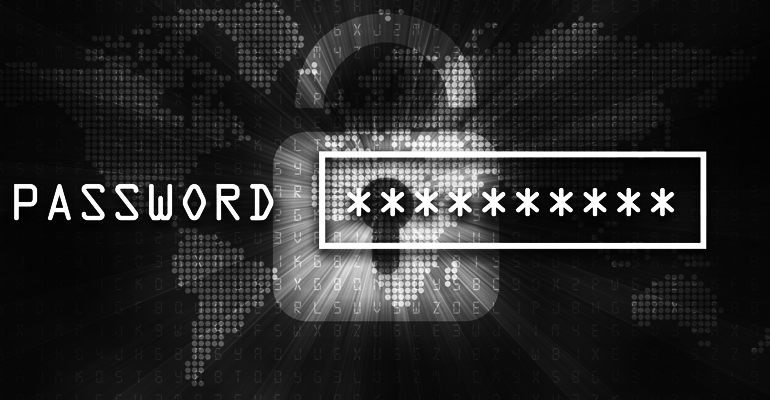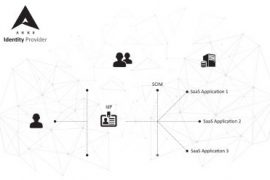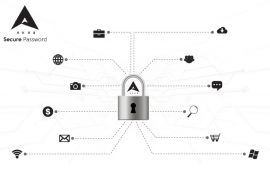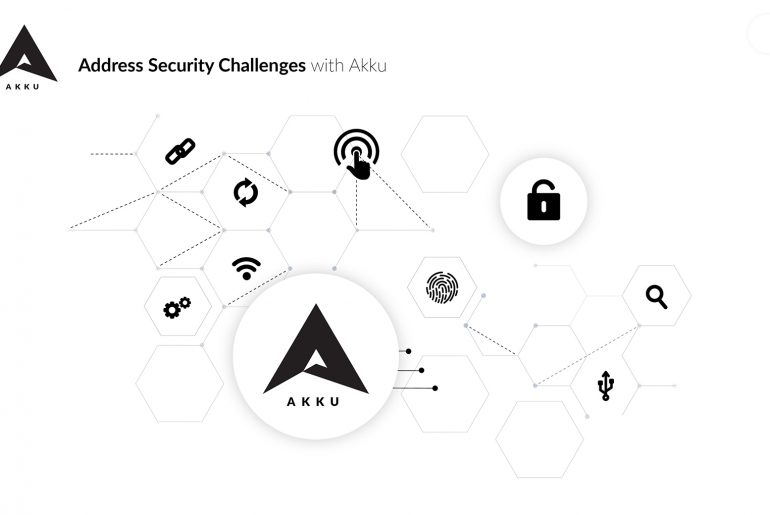Ever wondered why organizations emphasize the importance of setting a complicated password as opposed to something convenient like ‘password123’? In today’s world, hackers are getting creative with their cybersecurity attacks. One type of attack that has gained a lot of traction in the past year is ‘password spraying’ – a type of brute force attack in the cybersecurity realm that goes beyond the traditional forms of hacking into an account.
Picture this – in the past, hackers would attempt to gain unauthorized access to a single account by constantly guessing the password in a short period of time. But with organizations bringing measures such as locking an account when three or more attempts have been made, the user gets notified about any attempted security breach.
Most people use a Password Manager to save their account passwords. A password manager is an app or device which…
Latest
While it is natural to feel apprehensive on the cloud, especially if you are new to it, remember that there are a number of ways to stay in control of your organization’s applications and data, even while ensuring that authorized users can access them with greater ease.
Here are 7 ways in which Akku, the Identity and Access Management (IAM) solution from CloudNow, can help you address security challenges
As mobile phones became more sophisticated, their usage shifted from being communication oriented to application oriented. But phone numbers were never intended to be used as secure identifiers – their purpose is to simply act as subscriber identifiers during call routing. When applications use phone numbers in their login processes, it can give attackers and hackers an advantage.
Here are a few ways in which your OTP can be intercepted by hackers:
Let’s admit it: schools and universities today are not what they used to be back when we were growing up. Digitization has swept over almost every aspect of educational institutions. Classrooms have become “smart”, with blackboards being replaced or supplemented by LED screens. Students can simply log in to portals from where they can access information about grades, access lessons from learning apps, and more. Teachers don’t use physical attendance registers today; they mark the daily attendance of their students on tablets – data from which triggers automatic, customized messages to the parents of students who are absent from class.

